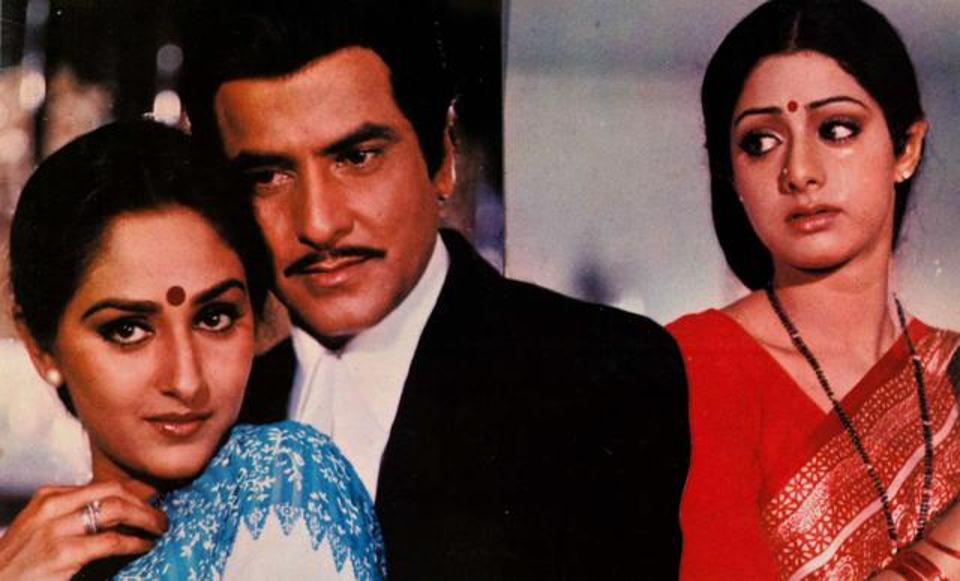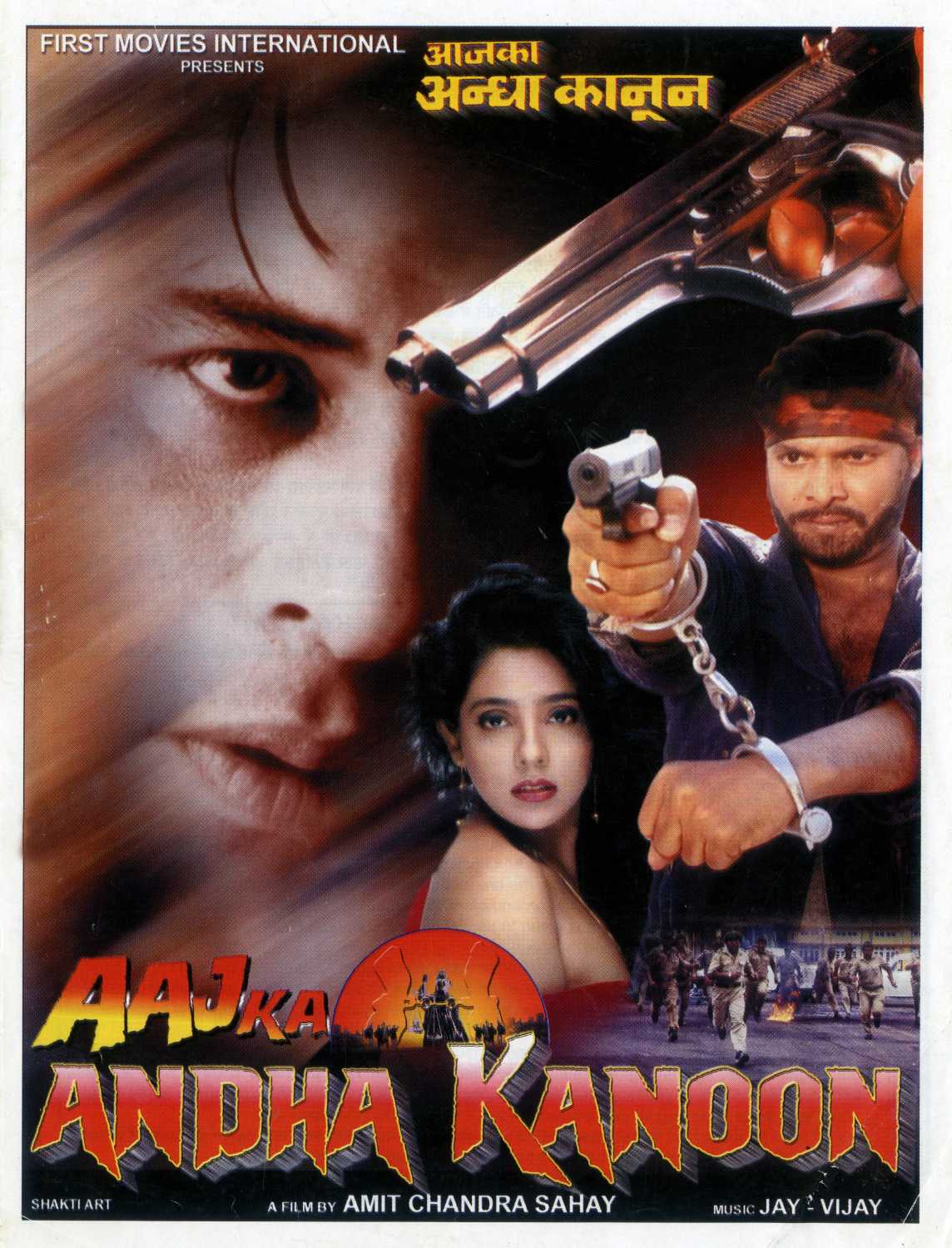

There’s also a clear delineation between ‘evil’ and ‘good’, ‘individuality’ and ‘community’, and ‘moral’ and ‘immoral’ practices.

#Song andha kanoon tv#
In TV serials like Anupamaa and Indiawaali Maa this time This includes a clear moral universe that reaffirms the importance of community and extended intergenerational families over individuality and consumption.Īlso read: Bollywood’s bechari maa is back. The older films have remained popular in Tamale for several reasons. For example, many DVD shop owners do not sell newer Bollywood films, while owners of neighbourhood video centres make an active decision not to screen newer Bollywood films. Of particular concern was the perceived Americanisation of the films.Īs a result, distributors, shop owners and cultural authorities in Tamale intervened in the circulation of Bollywood in the city. Many expressed concern about the cultural and moral shifts. Older Dagbamba viewers were unimpressed by the Bollywood films that entered Tamale’s market in the mid 1990s. India’s most well-known film export – Bollywood – has had little success in the city. Sellers receive new shipments of older Hindi films each week.īut my research showed that the circulation of Indian films in Tamale was not indiscriminate. Hundreds of Hindi films from the postcolonial period are still available for sale in Tamale’s central market at speciality DVD shops. Popular films include Albela (1951), Love in Tokyo (1966), Noorie (1979) and Andha Kanoon (1983). In Tamale – where I conducted two years of ethnographic research – I found that older Hindi films spanning the postcolonial period are still viewed by residents in their homes and in neighbourhood video centres. In cities like Tamale, the popularity of Hindi films has continued to grow over time.

The postcolonial circulation of Hindi films in Ghana reveals the early cosmopolitan engagement that Ghanaian viewers had with South Asian popular media during the time of independence in both countries. They recalled that at one point during the 1960s, Kumasi’s Rex Cinema, located near a zongo neighbourhood, played the Hindi film Albela (1951) every Friday night for a year, selling out its 2,000-seat capacity each week. The popularity of Hindi films in zongo communities came through vividly in an interview I conducted with one of Ghana’s former cinema owners. Each has its own complex history of colonial segregation, with many zongos dating back to the late 1800s and early 1900s. Zongos developed as settlements of foreign traders. It also includes zongos, neighbourhoods that tend to be majority Muslim communities found in nearly every urban setting. These include majority Muslim cities in the north, such as Tamale.

In the intervening decades they have remained popular within Ghana’s majority Muslim communities. The films were popular among all Ghanaians during the postcolonial period. At that time, Sindhi and Lebanese film distributors and cinema owners circulated Hindi films throughout the country, screened in cinema halls in most major urban centres. The history of Indian media in Ghana – the subject of my PhD thesis as well as a recent academic paper – extends back to the mid-1950s. Based on the success of the show, the stars of Kumkum Bhagya travelled to Ghana for a tour in 2017. One show loosely based on Jane Austen’s classic novel Sense and Sensibility called Kumkum Bhagya has even been dubbed in Twi, an Akan language spoken in southern and central Ghana. Indian television series, including romantic dramas (such as Til the End of Time) and historical dramas (such as Razia Sultan), have gained popularity.
#Song andha kanoon series#
Over the past ten years, Indian television series have become a feature in many households across Ghana as they’ve become available on cable and satellite channels.


 0 kommentar(er)
0 kommentar(er)
